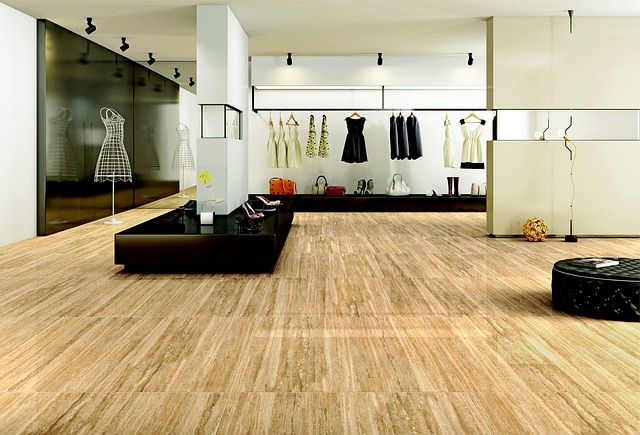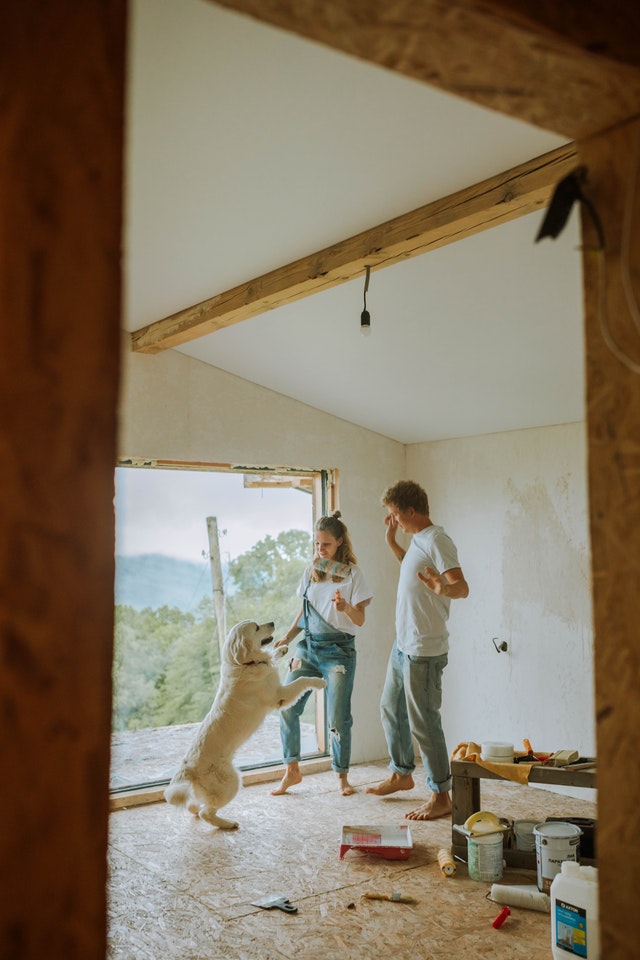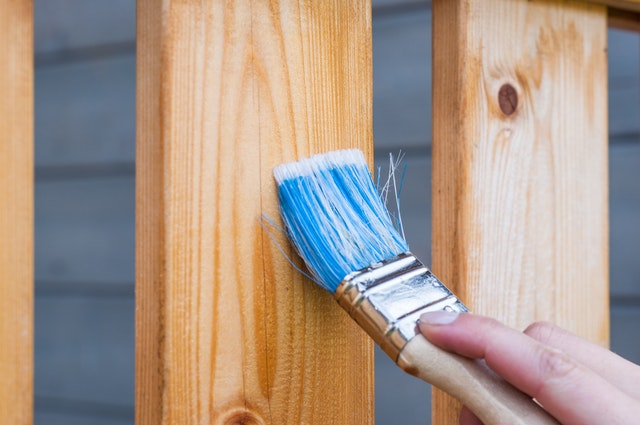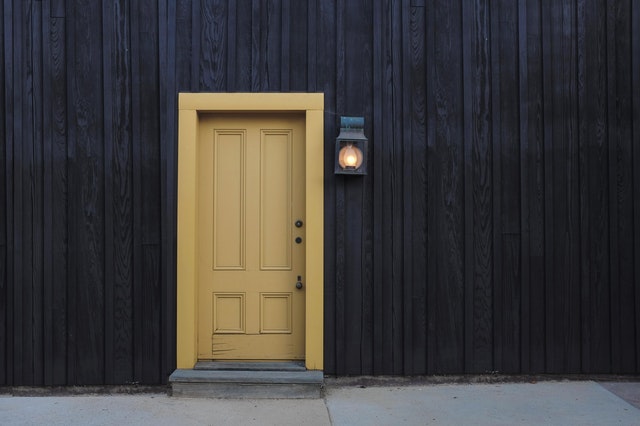This article has been taken from “Paint Your Home Skills, Techniques, and Tricks of the Trade For Professional Looking Interior Painting Reader’s Digest”. Choosing Paint Colors can be quite vital so select a darker color for the wall and then another in the same color scheme for which the best resort is “House Painters in Washington DC“
There are thousands of paint colors to choose from, more. Begin the process of choosing your colors by deciding which you like best. Then consider what the room will be used for and what overall effect you wish to create. Paint color can be used to alter the spatial proportions of a room, highlight features, and detract from flaws. Other important factors to consider include the room’s lighting and existing furnishings. This chapter will help you to combine your personal color preferences with the needs of the space to be painted. This knowledge will enable you to avoid mistakes. The main considerations are:

Understanding color
It is important to understand how colors are created and how they work with one another. The color wheel is a useful device for understanding color, and it can help to make selecting color combinations easier. The color wheel is also useful for matching paints with furnishings, woodwork, and other elements in the room.
Creating an effect
Consider what the room will be used for when you decide on the effect you wish to create. Rooms can evoke different moods: the feeling of a cozy bedroom is different from the mood of a large family room. The paint colors can change the select will help to create the mood. Also Colors can change the perceived dimensions of a space, making small rooms feel larger or large spaces more intimate.
Taking cues from the room
You can use paint to hide any faults in a room, such as a run of pipes. By the same token, you can use color to highlight an architectural element or other feature. The light in a room also plays a part in color selection. Be sure to consider both natural and artificial light sources.

Dealing with your furnishings
The colors of walls, Ceilings and floors cannot be considered in isolation. Rooms contain furniture, fittings, carpets, and pictures, and the colors you select should work well with whatever is in the room.
Planning your work
Before you start a painting project, you should make sure that you have the correct color and quantity of paint. You should estimate how long the job will take and whether you will need to hire a contractor for some of the work.
Color trends
Paint colors fall in and out of favor, as other products do. Fortunately, paint-color cycles usually last for seven to ten years rather than the one-or two-year cycles of fashion colors. When changes do occur, they tend to be gradual. So the colors you choose for your walls today will not be out-or-date next year.
The current paint-color trend is for warm colors, inspired by nature. Even cool colors, such as blues and greens, are being made warmer with the addition of yellow. The colors tend to be pale, especially when used over large surfaces. You can enliven a pale, warm scheme by adding bright accent colors.
Color terms
Three words are often used when describing colors: hue, value, and intensity. These terms help to describe paint colors more precisely.
- Hue is simply the name of the color family to which a color belongs. For example, the hue of a ruby-colored vase is red.
- Value describes the relative lightness or darkness of a color. Light colors have a higher value than dark colors. For example, lemon yellow has a higher value than deep gold. Tone is a term that is often used interchangeably with value.
- Intensity describes how saturated with pigment a color is—in fact, intensity is often called saturation. A highly saturated, or intense, color will seem bright, not subdued.
Continue reading on Creating a Paint Effect








